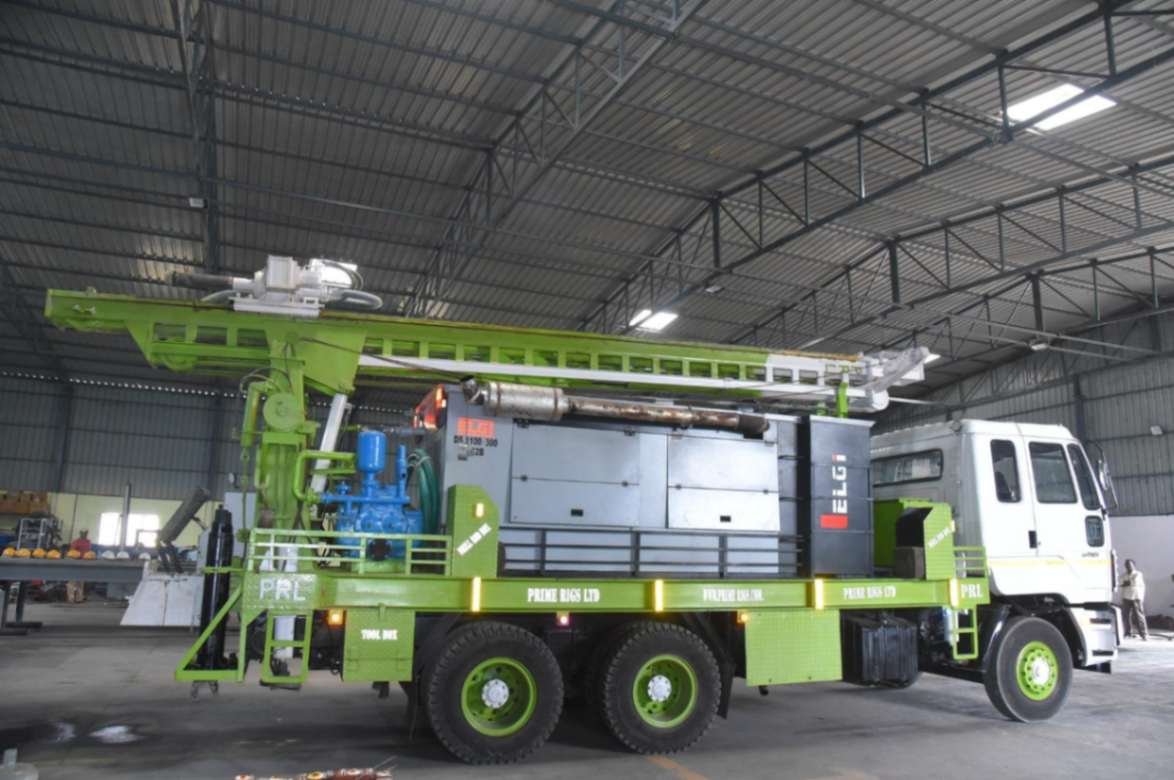The civil engineering field has experienced a phenomenal transformation in the last couple of decades, and it has dramatically altered the way in which the design, analysis, and implementations of projects are implemented by professionals. What used to take immense manual calculations, handcrafted blueprints, and intensive trial and error is now virtually done at a speed and accuracy with efficiencies that have never been seen before in the use of advanced design software applications. The need to have a good comprehension of the overall advantages of civil engineering design software is critical to assist the professionals to stay competitive in the increasingly technological/ digital market place. Research conducted below exposes the role of design software as a practice that has proved to be an essential tool in contemporary civil engineering practice.
1.Enhanced Computational Power and Complex Analysis Capabilities
The calculations that could not be computed manually are done with the modern civil engineering design software, as it has a huge computational capacity. A couple of thousand load combinations, environmental effects, and design variables can be studied within minutes in such applications, and it offers an engineer numerous details about the behavior and performance of structures. State-of-the-art finite element analysis software allows the study of the stresses and deformations, as well as the failure modes in complex structural shapes and loading conditions in detail. The software has the capacity to simulate the complex interaction among various structural components, soil conditions, and other forces most accurately.
2.Better Design Process and Workflow Optimization
Civil design building software implementations change sequential working design into effective and integrated workflows, bringing the most value and reducing redundancies. The parametric design facilities enable the engineer to define the connections between design objects so that when such a design is changed in one area, all associated objects are automatically updated across the whole design. This smart connectivity removes the tedious process of manually organizing changes to various drawings and calculations. Automated drafting functions produce complex construction documentation directly out of construction models, saving substantial documentation time, keeping consistency and accuracy.
3.Superior Accuracy and Error Reduction Mechanisms
The precision presented in using the design software of civil engineering significantly minimizes the chances of making erroneous calculations, errors in dimensions, and the failure to coordinate the calculations, leading to problems as experienced during manual designing. Embedded error checking algorithms apply design parameters constantly, alerting the possibility of conflicts, code violations and mathematical inconsistencies long before the construction process results in a costly issue. Automated control of dimensions will maintain geometrical accuracy in all the drawings of the project; intelligent constraint systems will not allow impossible or problematic design situations.
4.Advanced Visualization and Communication Tools
Three-dimensional modeling and visualization functionalities have transformed the process of communicating engineering design ideas among engineers, clients, stakeholders, and the construction crew. Virtual walkthroughs and photorealistic renderings make abstract engineering drawings show compelling visual presentations that anybody would easily interpret without the concern of technical know-how. Dynamic displays can show construction procedures, structural response to loading, and features of complex systems in a form that allows an intuitive understanding that is not available in static drawings. The interactive designs in the form of models enable stakeholders to view designs in many directions, providing a deeper view and enhanced decision-making during the lifecycle of the project. These advanced visualization tools have also become integral components of civil courses enhancing educational outcomes by allowing students to better comprehend complex engineering concepts through immersive visual learning experiences.
5.Seamless Integration and Collaborative Capabilities
The current design software in civil engineering has mastered the area of integrated workflows, which help multidisciplinary project teams interact easily with each other. The cloud-based platforms support sharing and synchronization of the design models in real time, whereby all team members are certain of having the most up-to-date information, no matter what their location might be. The inbuilt tools of communication, mark-up tools, and comment tools enhance the process of design review and keep a complete record of all discussions and decisions related to the project. Simultaneous editing by different disciplines is enabled by multi-user environments, and there are automatic conflict resolution and coordination facilities which avoid one person overlapping with another and the integrity of models is preserved.
6.Comprehensive Design Code Compliance and Standards Integration
Software used in civil engineering design is capable of containing exhaustive libraries of codes, standards, and regulatory guides, and automatically ensures that the design will meet the relevant guidelines at each step of the process. All these built-in code checking systems would keep checking the design parameters continuously against the existing standards and would highlight possible violations and recommend rectification. The load generation is automated, which adheres to the stipulated procedures of several loading types such as dead loads, live loads, wind loads, seismic forces, and environmental forces. Software is continually updated to reflect new codes and standards, and does not require engineers to worry about having to monitor each and every jurisdiction the code or standard may have changed.
7.Optimized Material Usage and Sustainable Design Solutions
Optimization algorithms used in design software used in the construction industry can help engineers ensure that they minimize the amount of material used whilst ensuring that products are made to required performance levels, helping to both maintain cost budgets and create sustainable products in an environmental sense. Computerized sizing operations consider several design options to come up with the most effective structural arrangements and lower the wastage, and also improve use of resources. The life cycle assessment tools incorporate practical considerations of the impact on the environment in design choices and allow engineers to determine carbon footprints, energy requirements and sustainability measures over the course of projects.
Conclusion
The overall gains in civil engineering design software are distributed well beyond mere productivity enhancements and are revolutionary to the way engineers take on their profession and provide value to the clients and the society. The potential of these tools has made more advanced analysis applications available to an everyday engineer of any level, and thus has democratized advanced analysis tools. The staad pro basics, for instance, have become accessible to engineers at all skill levels, enabling them to perform sophisticated structural analysis that was once limited to specialists with extensive training.



